IRS Reminds Retirees Over 72 to Take Required Minimum Distributions
The Internal Revenue Service (IRS) has reminded retirees aged 73 and older to take their Required Minimum Distributions (RMDs) from Individual Retirement Accounts (IRAs) and other retirement plans by the end of the year. These mandatory withdrawals are considered taxable income, and failing to take them can lead to significant penalties.
The recently introduced SECURE 2.0 Act has made changes to RMD requirements. It has increased the age at which retirement account owners must begin taking RMDs and eliminated RMDs for designated Roth accounts within 401(k) and 403(b) plans. This means that starting in 2024, the owners of designated Roth accounts in these plans will not be subject to RMDs as long as they are alive.
The minimum distribution rules typically affect original account owners and beneficiaries across various plans. Traditional IRAs and IRA-based plans require annual withdrawals starting at age 73, regardless of employment status. Employer-sponsored retirement plans also follow RMD rules, but certain exceptions are allowed for individuals who own less than 5% of the sponsoring business and are still working. Unlike traditional IRA owners, Roth IRA owners are not required to take RMDs during their lifetimes, but beneficiaries must comply with these rules after the owner's death.
Account owners who do not withdraw the full RMD amount by the deadline will be subject to a 25% excess tax on the missed amount. This tax rate can be reduced to 10% if the error is corrected within two years.
In the process of calculating RMDs, the IRA trustee or plan administrator informs the account owner of the amount or provides a calculation proposal. Each plan's RMD must be calculated separately, but owners can choose to withdraw the total required amount from one or more accounts as long as they meet the annual RMD requirement. Account holders must ensure the accuracy of the RMD taken, and the IRS provides worksheets to assist with these calculations.
If an RMD is not taken, the account owner must fill out Form 5329 with their federal tax return for that year. Beneficiaries of inherited IRAs and retirement plans may also be required to take RMDs, and the IRS provides guidance for these situations. The relationship between the beneficiary and the account owner, as well as the timing of the owner's death, can particularly affect distribution requirements related to the provisions of the SECURE Act.
The IRS encourages taxpayers to utilize the tools and resources available on IRS.gov, including forms, instructions, and publications, to manage their RMDs and understand their tax implications.


